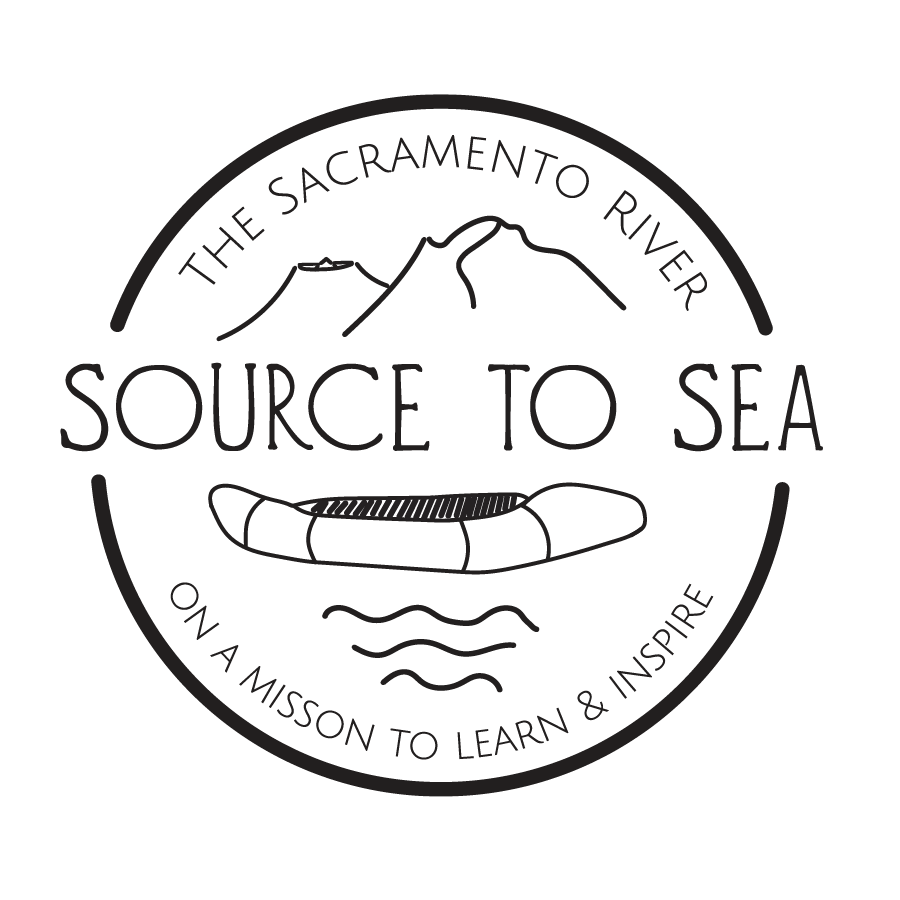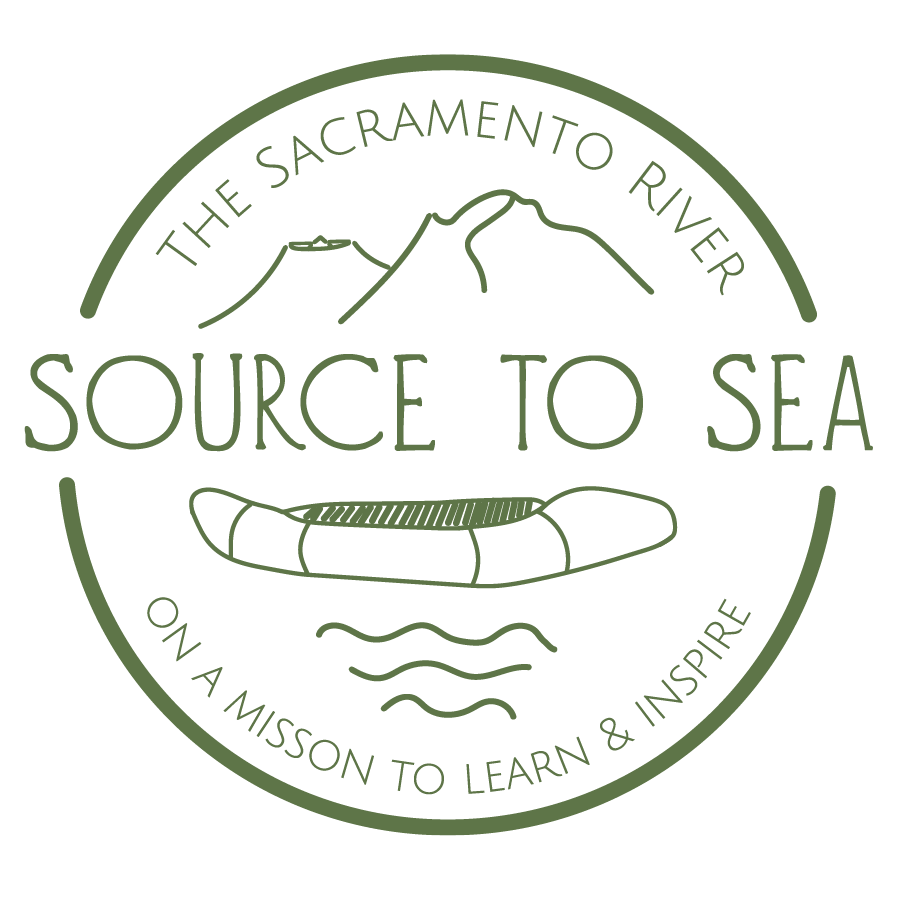The Source

The Source of the Sacramento River begins in pristine alpine lakes in the Klamath Mountains, on the traditional lands of the Shasta, Okwanuchu and the Winneman Wintu native peoples. Pictured here is Cliff Lake taken from Upper Cliff, just below the Pacific Crest Trail and the Sacramento/Trinity Rivers divide.
Photo by Alyssa Winkelman
The River
The Sea

The Sacramento meets the San Joaquin River at the Delta before flowing into the San Francisco Bay and then out to the ocean. The Sacramento/San Joaquin Delta creates the largest inland estuary on the West Coast and flows out under the iconic Golden Gate Bridge.
Photo from visittheusa.com
The major issues
Water Quality
The water quality in the Sacramento is severely compromised by mercury, copper and other toxic chemical runoff from mines, development and agricultural pesticides. In addition, the water quality is impacted by dams preventing free flow of the water from the upper reaches of the watershed. Dams also impact the water flow at certain times of the year.
Fish habitat & passage
Salmon and steelhead are determined fish. That doesn’t necessarily matter when it comes to a loss of habitat from poor water quality, high water temperatures, lack of water supply, invasive species, and loss of historic spawning grounds due to dams.
Water Use
California, like many other regions globally, is experiencing a drying climate due to climate change. Droughts are no longer periodic. As California’s population and water demands increase, more pressure has been placed on the state’s already complicated water system and politics. There simply is not enough water to go around.
These are three of the major issues impacting the Sacramento River and encompass a huge range of sub-issues. Our goal was to dig deep in order to learn more about what is happening on this river and to find the folks who could teach us more about current issues.
Land Acknowledgement
The history of the Sacramento River is directly tied to the people who have called this river home for time immemorial. We want to formally recognize that the Sacramento River runs through the lands of Indigenous Peoples who have been dispossessed and displaced from their ancestral homelands and territories for a variety of reasons, including colonial interests and white exploitation. It is our goal to learn more about the Indigenous People’s who have honored the Sacramento river since before the time of colonial conquest and who continue to call this watershed home.
We want to recognize and honor that we will be traveling through the lands of the Shasta, Modoc, Achomawi and Pit River Tibers of the volcanic plateaus in the north; the Wintu and Hupa in the northern Klamath and Trinity Mountains; the Nomlaki, Yuki, Patwin and Pomo of the Coast Ranges; the Yana, Atsugewi, Maidu, Konkow and Nisenan in the Sierra and their western foothills; and the Miwok in the southern watershed.






